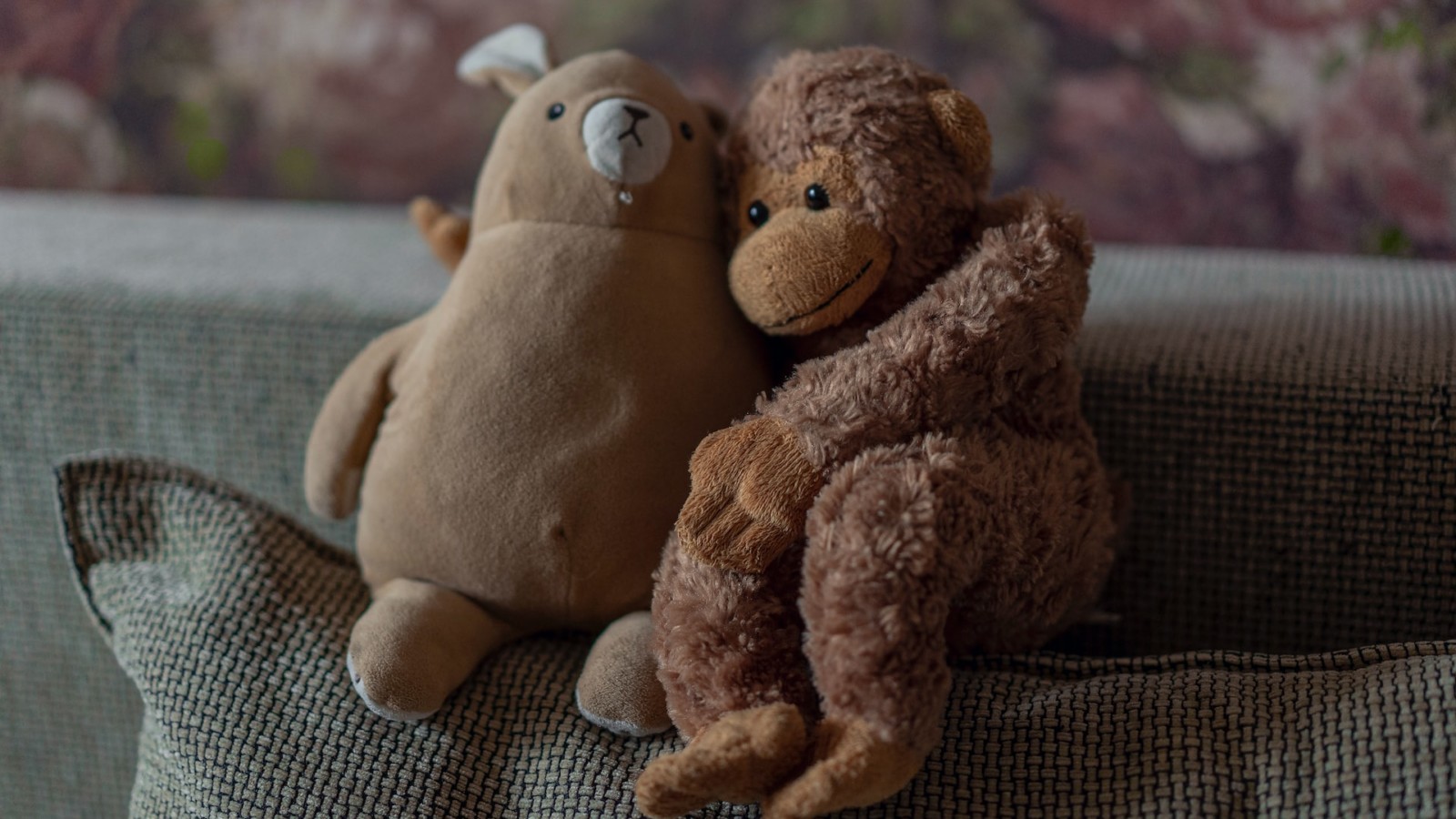The benefits of a life filled with gratitude include better mental and physical health, lower stress, better sleep, and more overall happiness. In fact, a 2019 Journal of Happiness Study found that gratitude is linked to happiness in children by age 5. This means that we could be helping our children grow into happier and healthier adults by encouraging the expression of gratitude in their daily lives. Get started by choosing from any of these 5 easy ways you kids can express gratitude.
“Gratitude is not something that children usually acquire automatically; it needs to be nurtured, in an age-appropriate way.”
– Sarah Clark, M.P.H.
Express gratitude with an act of kindness.
We have an older neighbor that lives behind us. My oldest son loves to take her small treats or just go over for a quick visit when he can. And she loves it. She tells him how excited she is to see him every time and he comes home beaming with joy. Acts of kindness can be small and simple but have a huge impact on both the receiver and the giver. Model this with your kids when they are young and you will see that they soon start completing small acts of kindness on their own.
See this great kindness books for kids to help teach it as well >>
Write a thank you note to show appreciation.
In today’s world, we communicate with efficiency and speed through texts, emails, and social media. Teach your children the importance of a hand-written thank you note.This time-honored tradition is still one of the best ways to say thank you. To start, write a simple thank you note for gifts received for a birthday.
Donate old toys and clothes.
We have all heard our children complain “I have nothing to wear.” OR “I have nothing to play with. I’m so bored!” And the truth is, many of us have an overabundance of stuff in our houses. Encourage your children to go through the toys and clothes they have outgrown and decide where to donate them. Do they have a younger neighbor that could use them? Maybe you donate to a local shelter or pick another place that accepts donations. Make sure your children are participating in this process. It will teach them how to give to help others and to be thankful for all the things they actually have.
Let every family member contribute to household chores.
You will most likely get a few grumbles when you mention this idea to your family. What does it have to do with gratitude anyway? Being a member of a family is an important role for your child. He/she may not realize all that goes into taking care of the things that need done on a daily or weekly basis in the home. Start small. Give your child a choice of a chore or two that they could be responsible for. Explain that everyone in the family is responsible to help one another out. Gratitude will grow over time when your child sees how his role plays a part in helping someone else in the family.
Make gratitude part of a daily family discussion.
This is definitely the easiest and least time-consuming idea. Find a time everyday where you have a quick discussion about gratitude. What are your children thankful for? What is something that happened to them during the day that brought out feelings of gratitude? Many families find this an easy conversation to have at the dinner table. While you are driving in the car or at bedtime is another great time. Having this daily discussion shows the value of gratitude and keeps it fresh on the mind.
Sources
Nguyen, S.P., Gordon, C.L. The Relationship Between Gratitude and Happiness in Young Children. J Happiness Stud 21, 2773–2787 (2020). https://doi.org/10.1007/s10902-019-00188-6


